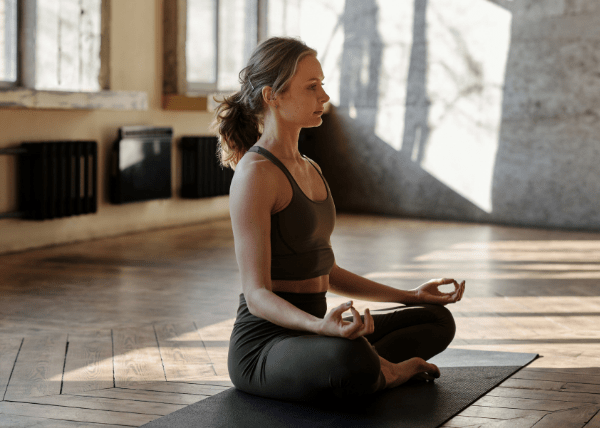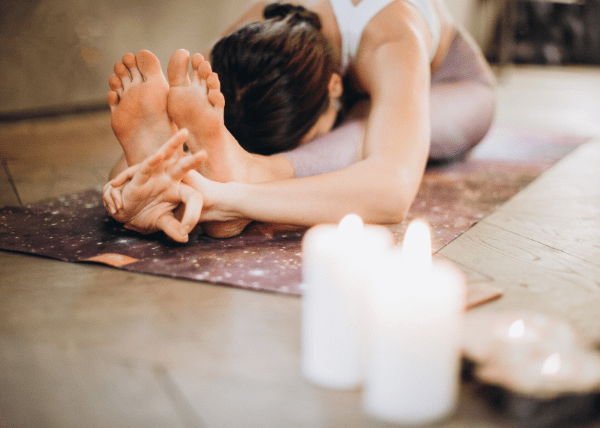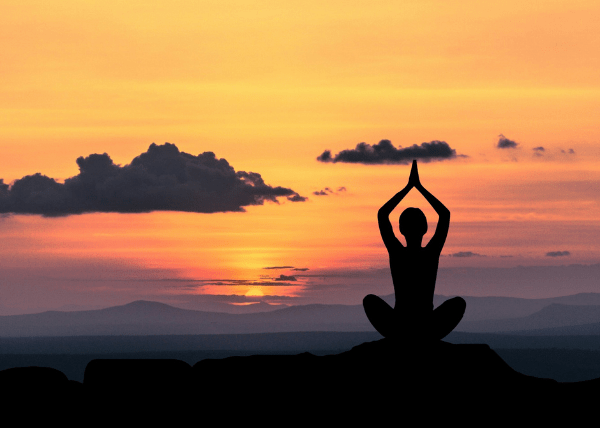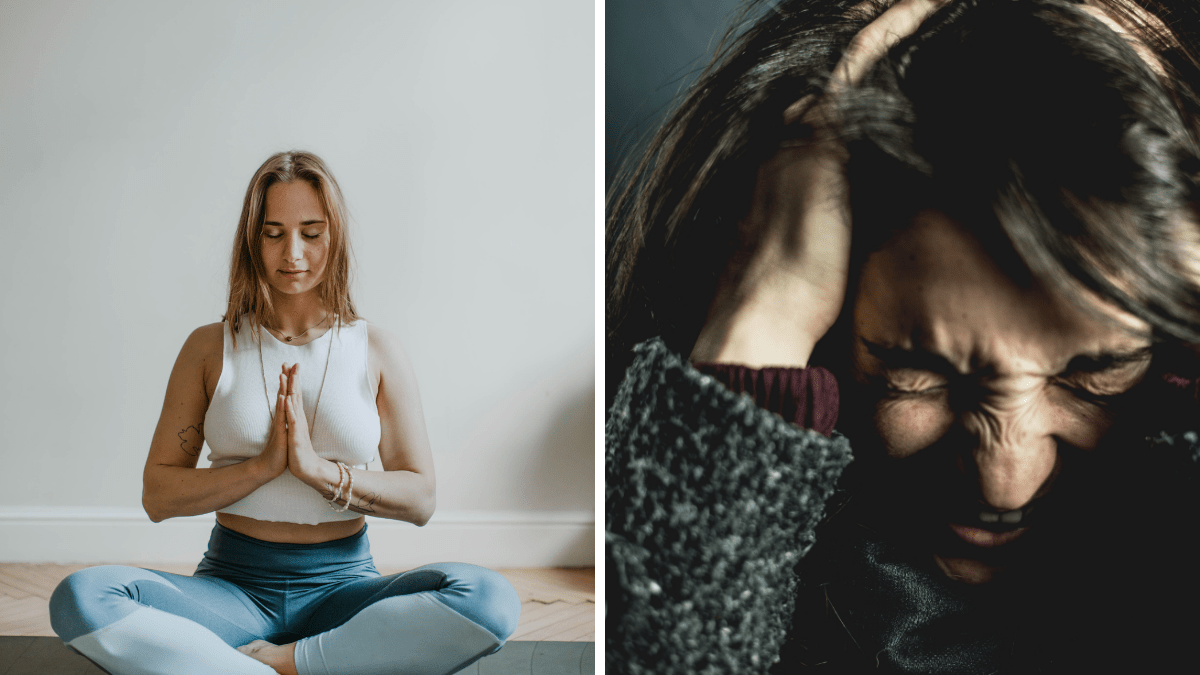Anxiety breathing techniques are a wonderful and effective strategy to improve your mental health. They’re not only scientifically proven to improve your mood, but they’re also 100% natural and can be done anywhere!

The mental health awareness week is an excellent time to assess your own mental health and make plans to improve it. There are breathing exercises you can use to lessen symptoms and start feeling better if you’re feeling breathless due to anxiety. Let’s have a look at a few that you may undertake at any time during the day or include into longer periods of time for yourself.
BREATH TIMING HACK
This simple exercise is intended to help you cope with stressful, even overwhelming situations. Or if you need to ‘down-regulate’ your nervous system for some reason.

You’ll notice that you’re staying quite still whether you’re standing or sitting. You’ll use both your breath and your sight at the same time. The first step is to become conscious of your breathing.
Begin by counting 1,2,3 for inhalation and 1,2,3,4,5 for exhalation. If you believe you need to make any changes, please do so. Extending you exhale such that it is longer than your inhale is the major method to work with.
Once you’ve started, keep repeating the timed inhale and exhale, concentrating on the breath. You’ll find a rhythm that works for you, your body, and your requirements in no time. You should notice that your body is becoming less engaged.

BELLY BREATHING
The next useful breath pattern is belly breathing, also known as diaphragmatic breathing, which we should try to do for the most of our day. We all spent our childhoods breathing low and wide into our stomachs as if we were in a safe environment. Adults, on the other hand, are more likely to unlearn this pattern and begin breathing mostly into the top region of our lungs. This is related to the increasing pressures of adulthood and society as a whole. With our neural systems still in the ‘Fight, Flight, or Freeze’ reaction, we begin to breathe in a way that signals we need air quickly in order to move quickly and flee the ‘danger.’
For a count of three, inhale slowly and deeply from your abdomen. You should feel your tummy lift up as you inhale. Your chest hand should move very little. The stomach will deflate if you pause for a count of three before releasing the air.
The good thing about our brains is that they are ultimately incredibly adaptable… after consciously practicing with this breath a few times, it will feel much easier to return to, and you may even discover that you begin to breathe this way more frequently in times of quiet.
Using breathing techniques for anxiety is a fantastic way to help you in your daily life, whether you utilize any or all of these methods to control your worry.



